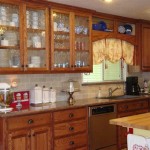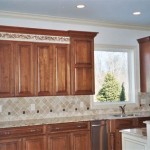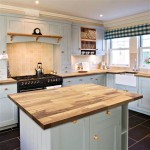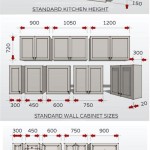How to Apply Glaze Paint to Kitchen Cabinets: A Guide to Achieving a Flawless Finish
Glazing is a painting technique that adds depth, dimension, and a touch of elegance to kitchen cabinets. By applying a translucent glaze over a base coat of paint, you can create a rich, multi-layered finish that will elevate the look of your kitchen. While the process may seem daunting at first, it's actually relatively easy to do with the right preparation and techniques.
Materials You'll Need:
- Cabinet cleaner and deglosser
- Sandpaper (120-grit and 220-grit)
- Tack cloth
- Base coat paint
- Glaze
- Glazing medium (optional)
- Paintbrushes (natural bristles for glaze)
- Foam brush (for base coat)
- Microfiber cloths
Step 1: Preparation
Thoroughly clean the cabinets with cabinet cleaner and deglosser. Use sandpaper to lightly sand the surface, removing any dirt or imperfections. Wipe down the cabinets with a tack cloth to remove any dust.
Step 2: Apply Base Coat
Apply a thin, even coat of base coat paint to the cabinets using a foam brush. Allow the paint to dry completely.
Step 3: Prepare the Glaze
If desired, mix the glaze with a glazing medium to adjust its consistency. A thicker glaze will create a more pronounced effect, while a thinner glaze will be more subtle.
Step 4: Apply Glaze
Load a natural bristle paintbrush with the glaze and gently brush it onto the cabinets in the direction of the grain. Use long, even strokes, trying to avoid leaving brush marks. Wipe away any excess glaze immediately with a microfiber cloth.
Step 5: Dry and Buff
Allow the glaze to dry completely. Once dry, use a clean microfiber cloth to buff the surface, removing any excess glaze. This will help create a smooth, even finish.
Tips for Success:
- Practice on a test piece before applying glaze to the actual cabinets.
- Use a light touch when applying the glaze. Too much glaze will create a thick, uneven finish.
- Wipe away excess glaze immediately to prevent brush marks.
- Allow the glaze to dry completely before buffing. This will ensure a durable finish.
- If you make a mistake, simply wipe off the wet glaze with a damp cloth and start again.
With careful preparation and attention to detail, you can achieve a beautiful, professional-looking glaze finish on your kitchen cabinets. This simple yet elegant technique will transform your kitchen into a warm and inviting space.

How To Glaze Kitchen Cabinets

How To Glaze Kitchen Cabinets Diyer S Guide Bob Vila

How To Glaze Kitchen Cabinets Diy Network

How To Glaze Cabinets At Home With The Barkers

How To Glaze Cabinets At Home With The Barkers

How To Glaze Cabinets At Home With The Barkers

Rescuing And Reviving A Glazed Distressed Kitchen Bella Tucker

How To Glaze Kitchen Cabinets Diyer S Guide Bob Vila

3 Steps To Glaze Cabinets Correctly Painted Furniture Ideas Distressed Kitchen Chalk Paint Glazed

How To Glaze Cabinets At Home With The Barkers
Related Posts








